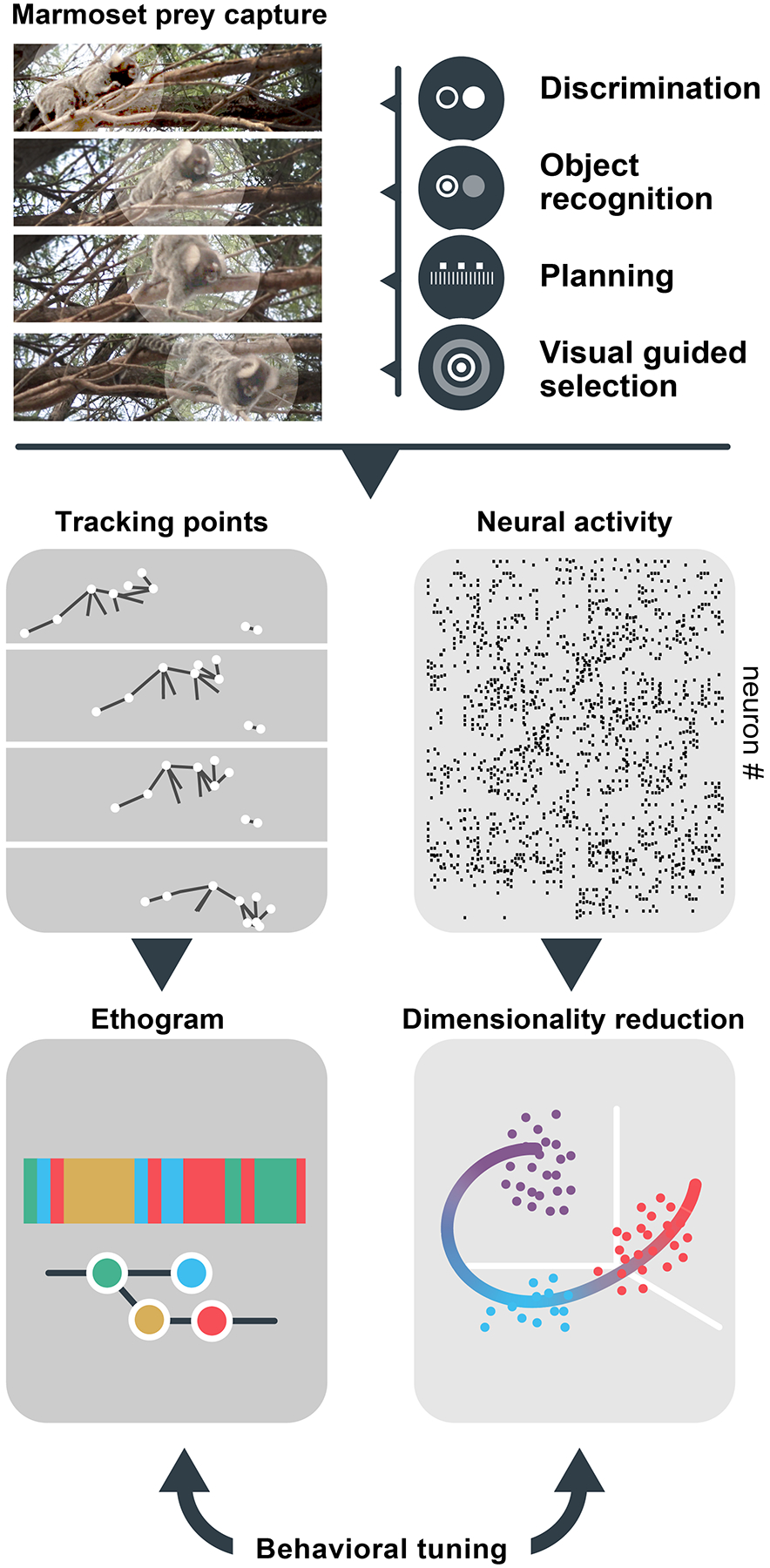Figure 4. Pathways from natural behaviors to neural computations.

Marmoset prey capture comprises several visual processes that have heretofore been studied in isolation, rather than as different components of a single integrative, visuo-motor behavior. Employing complementary machine vision technologies to annotate the behavior of the animal and high-density neural recordings provides is a powerful strategy to identify behavioral components in different contexts through quantitative ethograms, while employing analytical approaches that reduce the dimensionality and identify critical covariance between brain and behavior. This approach is made possible by modern technologies for quantifying behaviors at time scales that mirror brain signals, longitudinal imaging and neural recordings and powerful modeling tools.
